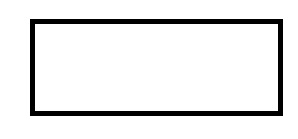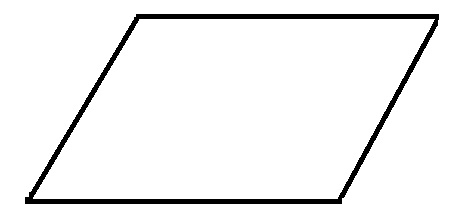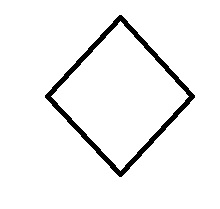Flowcharts
A flowchart is a diagram that depicts an algorithm or a sequential process by depicting the steps as various types of boxes and linking them with arrows. Flowcharts are diagrams that are used to develop or document a process or program.
A flow chart, or flow diagram, is a graphical representation of a process or system that details the sequencing of steps required to create output.
A flowchart is a picture of the separate steps of a process in sequential order.
Type of Flowchart:
High-Level Flowchart: A high-level flowchart (also known as a first-level or top-down flowchart) depicts the most important steps in a process. It depicts a "birds-eye view" of a process, such as the one shown in the High-Level Flowchart of Prenatal Care picture. It can also comprise the sub-steps and intermediate outputs of each phase (the product or service produced). A flowchart like this provides a general picture of the process and indicates the changes that occur within it. Because of its focus on intermediate outcomes, it is extremely beneficial for identifying relevant team members (those who are involved in the process) and generating indicators for monitoring the process.
Most processes can be depicted in four or five boxes that indicate the process's primary steps or activities. In fact, using only a few boxes is a fantastic idea because it compels you to think about the most crucial stages. Other steps are frequently sub-steps of the more significant ones.
Detailed Flowchart: The detailed flowchart provides a detailed picture of a process by mapping all of the steps and activities that occur in the process. This type of flowchart indicates the steps or activities of a process and includes such things as decision points, waiting periods, tasks that frequently must be redone (rework), and feedback loops. This type of flowchart is useful for examining areas of the process in detail and for looking for problems or areas of inefficiency. For example, the Detailed Flowchart of Patient Registration reveals the delays that result when the record clerk and clinical officer are not available to assist clients.
Deployment or Matrix Flowchart: A deployment flowchart maps out the process in terms of who is doing the steps. It is in the form of a matrix, showing the various participants and the flow of steps among these participants. It is chiefly useful in identifying who is providing inputs or services to whom, as well as areas where different people may be needlessly doing the same task. See the Deployment of the Matrix Flowchart.
Flowchart Symbols
|
Symbol |
Name |
Purpose |
|
|
Terminal |
Start or end of the program |
|
|
Process |
Computational steps or processing function of a program |
|
|
Input/Output |
Input or output operation |
|
|
Decision |
Decision making and branching |
|
|
Flow lines |
Used to connect symbols and indicate the sequence of operations. |
ADVANTAGES OF USING FLOWCHARTS
The benefits of flowcharts are as follows:
- Communication: Flowcharts are a better way of communicating the logic of a system to all concerned.
- Effective analysis: With the help of a flowchart, the problem can be analyzed in a more effective way.
- Proper documentation: Program flowcharts serve as good program documentation, which is needed for various purposes.
- Efficient Coding: The flowcharts act as a guide or blueprint during the systems analysis and program development phase.
- Proper Debugging: The flowchart helps in debugging process.
- Efficient Program Maintenance: The maintenance of an operating program becomes easy with the help of a flowchart. It helps the programmer to put efforts more efficiently into that part
LIMITATIONS OF USING FLOWCHARTS
- Complicated logic: Program logic can be extremely complex at times. In this situation, the flowchart becomes clumsy and complicated.
- Alterations and Modifications: If changes are required, the flowchart may need to be totally redrawn.
- Flowchart replication: Because flowchart symbols cannot be typed, flowchart reproduction becomes a difficulty.
- It's easy to get caught up in the technical intricacies of how things are done and lose sight of what's important.




